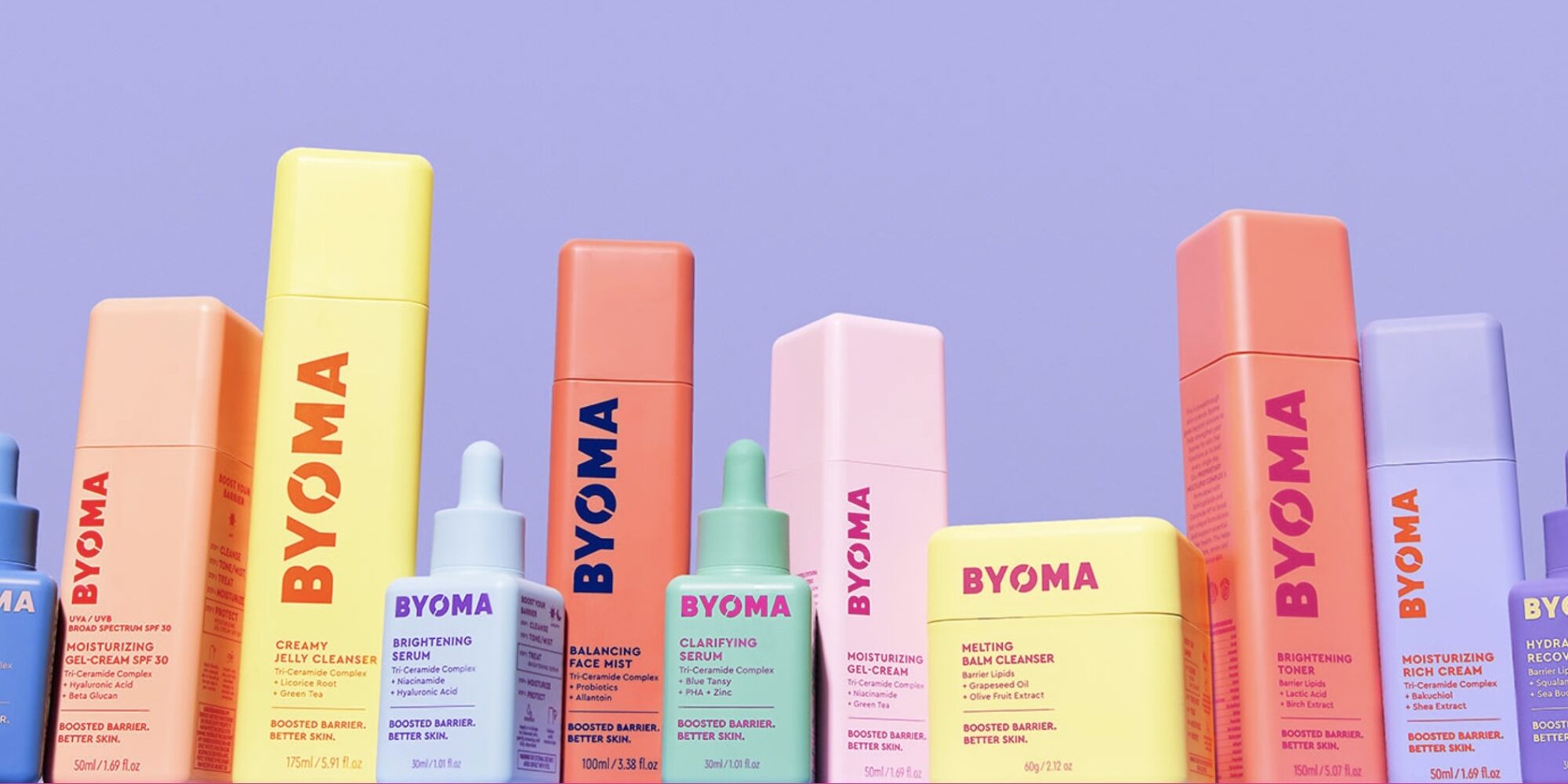
Byoma Parent Company Future Beauty Labs’ Rapid Rise To Masstige Skincare Superstardom
Glasgow gets an average of 170 days of rain per year, making it either the last place you’d expect to find one of the Western world’s fastest-growing sunless tan and skincare companies—or the first. Marc Elrick, CEO of Future Beauty Labs, is running not one, not two, not three, but four separate beauty brands—Tan-Luxe, Isle of Paradise, Tanologist and Byoma—out of the Scottish city. They’re sold at 60 highly varied retailers (Space NK for some, Target for others), with doors studding the globe (North America, Australia, United Kingdom, the Middle East and more than 20 countries in Europe).
Recently on Elrick’s agenda is overseeing Byoma’s push into body care at mass retailers, orchestrating its debut on Amazon (there were 2 million searches for it on the giant e-tailer prior to its June arrival), and executing Tan-Luxe’s starriest campaign to date (a collaboration with American businesswoman, DJ and heiress Paris Hilton).
When Byoma launched two years ago with masstige positioning, inflationary pressures were only beginning to hit everyday consumers, and its premise to deliver results as effective as three-figure serums and lotions with products priced under $20 resonated with them. The media outlet Axios reported that its 2023 sales were between $30 million and $50 million, and a projection in the publication Women’s Wear Daily pegs the brand’s expected 2025 retail sales at $300 million to $500 million by 2025.
According to Axios, private equity owner Yellow Wood Partners has put Byoma on the market. It’s definitely not unheard of for a beauty brand incubator to successfully spin off a brand. Last year, incubator The Center sold Byoma competitor Naturium to E.l.f. Beauty for $355 million. In a Zoom interview with Beauty Independent, Elrick stayed mum on the possibility of carving out Future Beauty Labs brands for deals. During the interview, he was a personification of his company, with plump, smooth skin, a toothpaste-bright smile and, of course, a perfectly calibrated golden tan.
Ahead, Elrick dives into how Byoma keeps its prices affordable, the brand’s in-house clinical testing, Future Beauty Labs’ distribution strategy, Tan-Luxe’s Hilton partnership and whether he would launch another brand.
How did Future Beauty Labs start?
This journey into beauty started in my husband Dylan’s and my salon, [Rainbow Room]. Self-tan had essentially remained at this one-size, one-shade-fits-all standstill, and no one was asking the consumer, what do you want? What do you need? What do you think?
Our light-bulb moment was the thought, “If you can customize your makeup, why can’t you customize your tan?” That’s really what inspired our journey to create our first brand, Tan-Luxe.
Today, we’ve created four category-leading brands across the world’s biggest beauty retailers, and the consumer continues to inform and inspire everything that we do. I very much see myself and the whole business as servants to the consumer. It’s our job to serve them and to facilitate their needs.
How did you conceptualize a family of brands?
On every single wall in this office, you’ll see three words: Build Better Beauty. That’s what we want to do, and that’s taken shape in each brand we’ve created. I think of that motto as broken into five key pillars.
The first one is to build better science. We partner with the best labs, the best raw material suppliers and the best manufacturers to create the best product with the best R&D. The next pillar is to build better partnerships by partnering with the best retailers in the world, raising industry standards through speed, agility. And the next pillar is to build better trust and transparency with the consumer.
The consumer doesn’t just buy what you do anymore, they buy why you do it. You can’t pick and choose what you’re transparent about. Another pillar of ours has to do with the fact that we think the consumers really overwhelmed at every touch point and has been for quite a long time. Whether that be online, in store, on social media, we’re trying to empower the consumer to make smart, informed choices and do it in a way that’s real, relevant and relatable. And that builds connections, which is our last pillar.
We want to build connections with people because we serve them, and therefore it’s important that we connect with them in a very authentic way, but it’s also important that we listen to them. I think what we’re building is, ultimately, the future of beauty, and I think we’re just getting started.
Of the four brands, which is Future Beauty Lab’s “marquee” brand, and why?
Byoma. We created three brands that really disrupted and changed how people think, feel and use self-tan. With Byoma, we took all of those learnings, supercharged it, accelerated it and blew it up. We created what I think is the most exciting beauty brand in the world right now. Byoma is the fastest-growing skincare brand on Instagram and the second-fastest growing skincare brand on TikTok. We’re now a top ten skincare brand in every single retailer [Byoma is in].
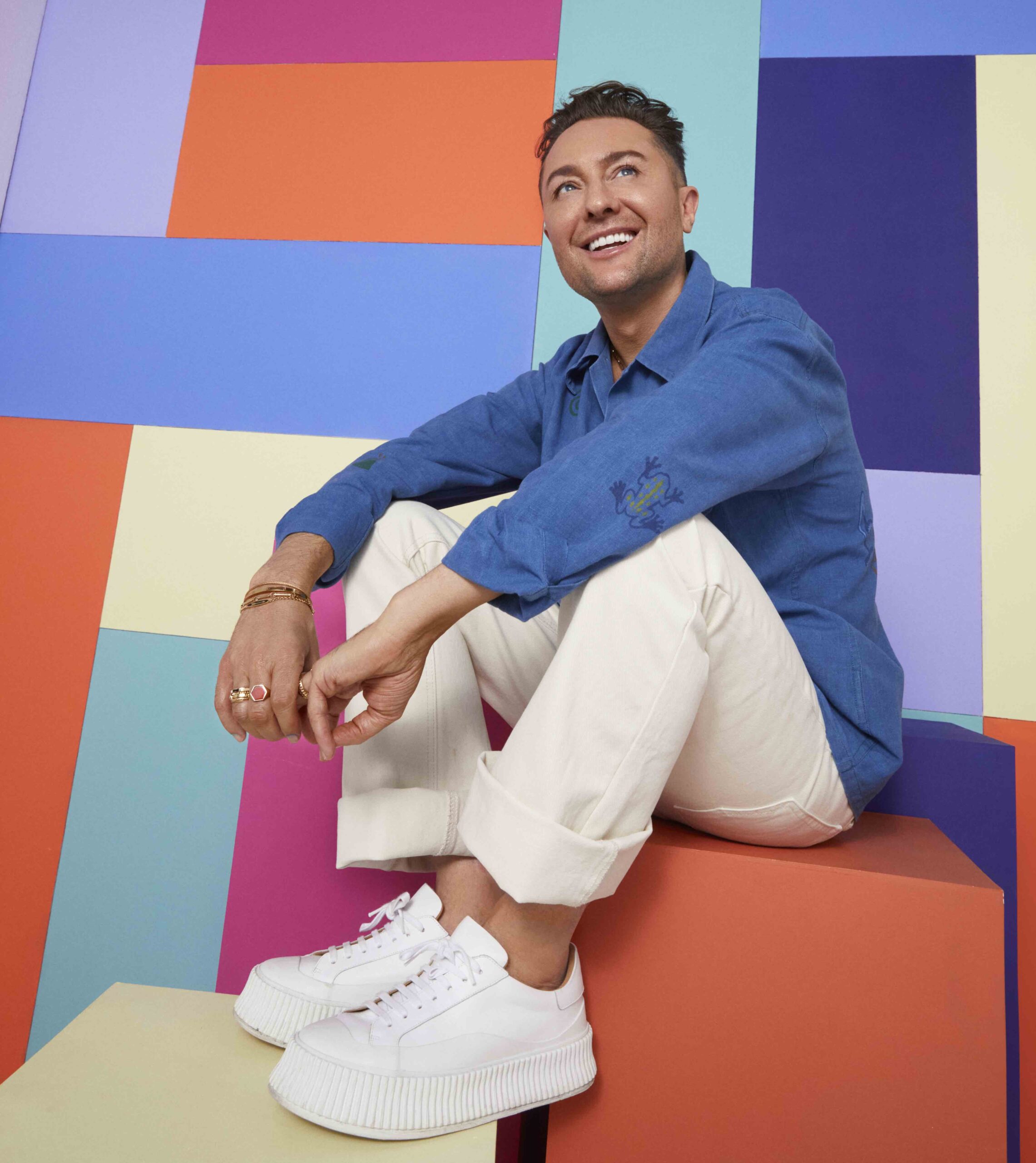
In such a crowded skincare landscape, how did Byoma manage to capture market share and become a big brand name in just two years?
With Byoma, we started with the intent to address a very serious issue in skincare, and we really wanted to tackle it and we wanted to tackle it the right way. We became obsessed with the science of skin and the skin barrier, the microbiome and overall skin health.
The skincare consumer was overwhelmed. The ease of access to super-strength, clinical-grade formulas coupled with the explosion in popularity of single-ingredient brands meant that people were essentially playing chemist in their bathroom and overtreating, overdoing, over-exfoliating. Naturally, that coincided with the rising rates of self-reported skin issues like dryness, irritation and sensitivity.
Social media supercharged the problem because then you had these self-proclaimed experts lacking in qualifications or experience spreading misinformation, confusing consumers even more. Recently, the crisis intensified further. Now we’ve got 10-year-olds experimenting with retinoids and acids and clinical-strength products simply not suitable for their skin.
We worked with the best dermatologists, material suppliers and cosmetics manufacturers across the world and realized that the source of most skincare issues started and ended with a compromised skin barrier, and we created a science-backed solution to that.
How did you make the business decision to offer Byoma’s products at masstige prices?
If I were to launch Byoma as an online brand and it was our first brand, it’d be three, four or five times the price. We were able to leverage our power, relationships, capabilities. There is an economy of scale in this industry, and over the years, with our other brands, we have built incredible partnerships with some of the world’s best retailers who love what we do and see us as a key strategic partner for disruption and growth.
When we went to retailers with this proposition, all the data and all the insights and all the science and told them, “This is our mission for this brand, to disrupt, democratize and demystify this category in beauty, and this is how we’re going to do it,” they really got behind us. We were able to launch in a really big way, and we were able to buy and manufacture in a really big way and pass all of those cost savings back to the consumer.
Your prior brands were all sunless tanning brands. Did you approach a pure skincare play differently?
Every single Byoma product goes through two externally verified clinical trials. Our clinical tests are done to the highest standard. We also now have our own clinical testing lab in-house. It mirrors our external clinical testing lab, which is one of the best testing houses in Europe. They work with some of the biggest beauty conglomerates in the world. That allows us to test every iteration of a formula and get real-time data.
We have in-house Visia machines, and we test for TEWL (transepidermal water loss) encapsulation. We also run 21-day skin tolerance HRIPT (human repeat insult patch tests) on all products, including our body products, leave-on products and rinse-off SKUs. I’m really proud of how this company operates. We operate like some of the biggest beauty conglomerates in the world, but we have the speed and the connection with consumers that I don’t think many competitors have.
How do you think about sharing innovations across brands?
We get a lot of insights from our customers on social media, in-store, through sales data online, through review panels, and we have a really good internal process for analyzing that data and doing something with it. That very much informs the strategy for all brands, whether it’s consumer feedback, consumer requests, category feedback or category data.
It could be that a Byoma customer is asking for bronzing drops. We might decide that it’s a really amazing idea. Would the Isle of Paradise customer want that? Let’s ask them.
To create the future, you also have to empower people to feel safe experimenting because you’re always trying to elevate the standards and move something forward and do something new. I very much empower my whole business to feel safe to experiment and fail.
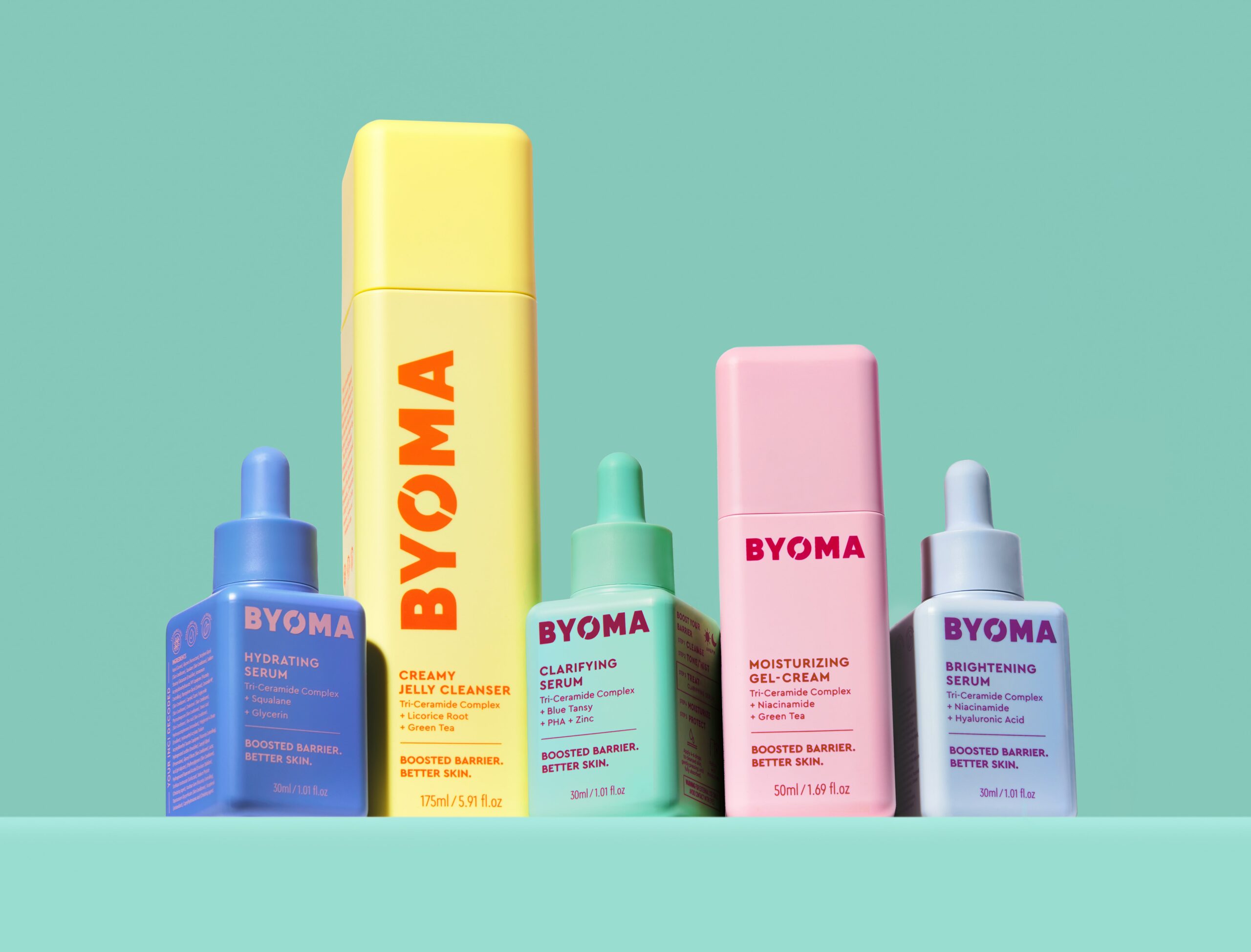
Tan-Luxe recently launched a partnership with Paris Hilton. How do you select the right celebrity partner for a brand?
We’ve never thought about celebrities before. It was never part of the strategy. But I met Paris about two years ago. She was a huge fan of the brand. She had tagged us organically. Her mom was using the products as well, and our values just really aligned. We really clicked as people.
She is one of the smartest, kindest, hardest working people you will ever meet in your life. She’s always been ahead of the curve, whether that be inventing the selfie back in the 2000s or more recently trailblazing the Web3 space. She’s super active in the Metaverse. She’s a futurist, I am a futurist, and the company has a futuristic mindset. Our values really aligned, and our passion for serving the consumer were very similar.
It made sense for us, and I’m really proud of what we’ve created with that product. The Future Kit is an incredible product that is doing really well. Both of our teams put so much time into the research, development, science, performance, efficacy.
I love the campaign, and the results are kind of speaking for themselves. The partnership has garnered 2 billion press impressions to date, with 175-plus million brand social impressions, and Paris herself drove an additional 222-plus million social impressions, with a shared viral video that reached 62-plus million views across Tik Tok and Instagram.
How much overlap is there between each brand?
We have completely different teams working on innovation and marketing within each brand across the business.
How did you come up with the distribution model for the brands?
With Byoma, we knew the consumer was overwhelmed, over-treating and over exfoliating, and we knew where they were shopping. You need to meet consumers wherever they’re at. The Byoma target consumer was shopping in the channels that we launched the brand in. But what’s really cool about Byoma is we’re blurring the lines. It’s in Target and Ulta. It’s in Boots and Sephora [UK], but it’s also in Selfridges and Space NK.
If you’re really addressing a true consumer need, then the consumer needs it, and so does the retailer. Byoma is a luxury prestige brand, but it’s disrupting masstige and mass. We wanted to make incredible science-backed, performance-driven luxury skincare affordable and accessible. Therefore, we had to distribute the brand in the right channels as well.
Would you consider going public? Would you carve out individual brands?
We’re just getting started right now. We’re focused on delivering our mission of building better beauty, inspiring positive change, building Byoma and continuing to let the sunless and safe sun brands thrive. We’ve got a lot on our plate, and we’re really happy.
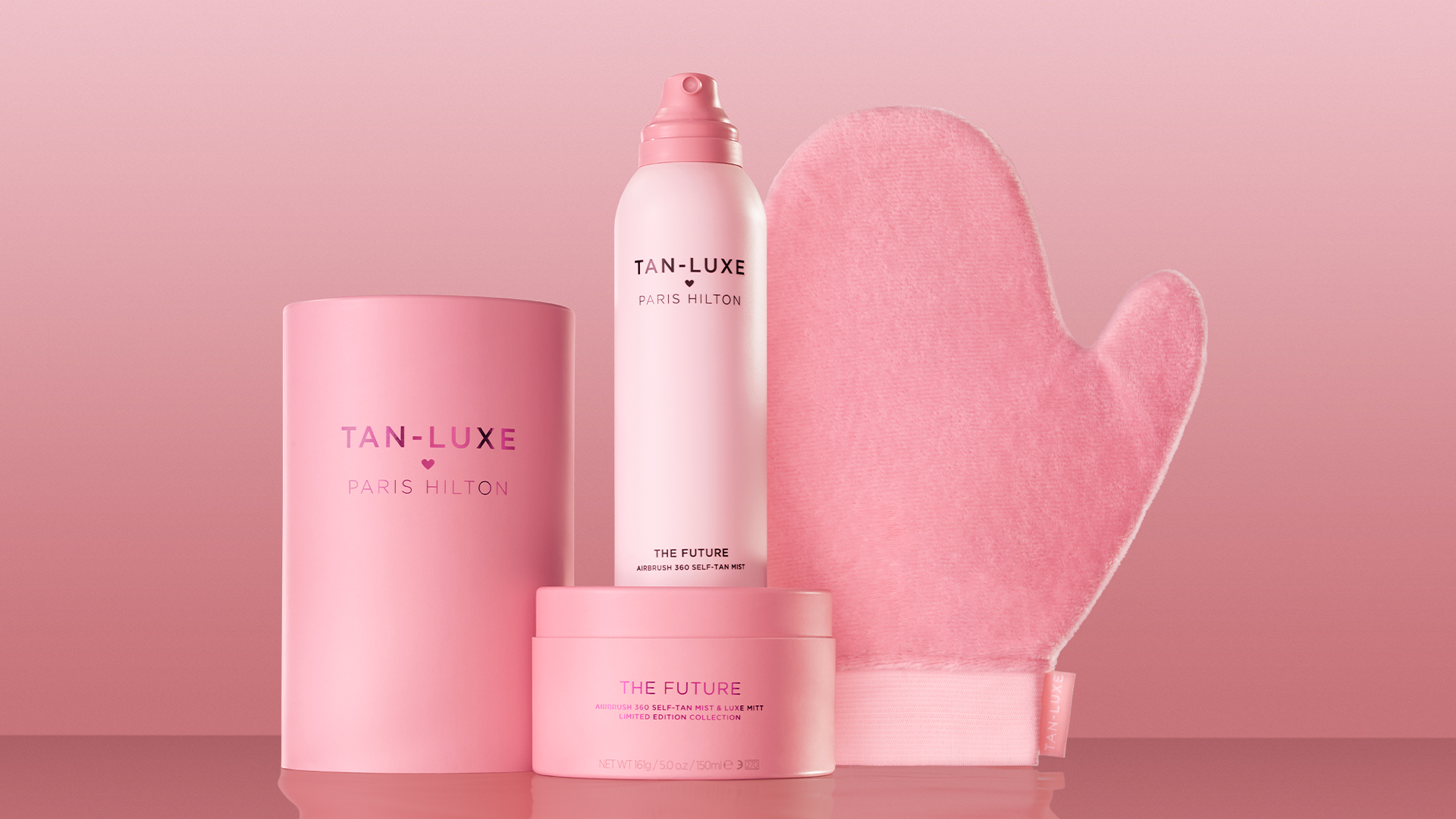
Would you ever acquire a brand, and what would that brand look like?
Everything we’ve done has been inspired by a piece of insight around the consumer, but we do everything in a very systematic way. We try to do it bigger, better, bolder than anyone else. We have a formula, and it works.
I don’t know if acquiring a brand would fit into our formula because our formula is centered around those fundamental pillars I spoke about. You have to think about the consumer, partnerships, education, science, connections, and therefore the brand is critical to everything. And I think we need to control every aspect of researching, developing and launching a brand for us to achieve our mission of building better beauty.
Would you launch another new brand?
I don’t know. Right now, we have a very clear plan, and it’s very focused on our existing brands.
Can you describe what the DNA of a successful brand is?
Know your customer better than they know themselves. Know your category better than anyone else. Make the impossible possible. I say that all the time, and we do it better than anyone else.
This interview has been edited for brevity and clarity.
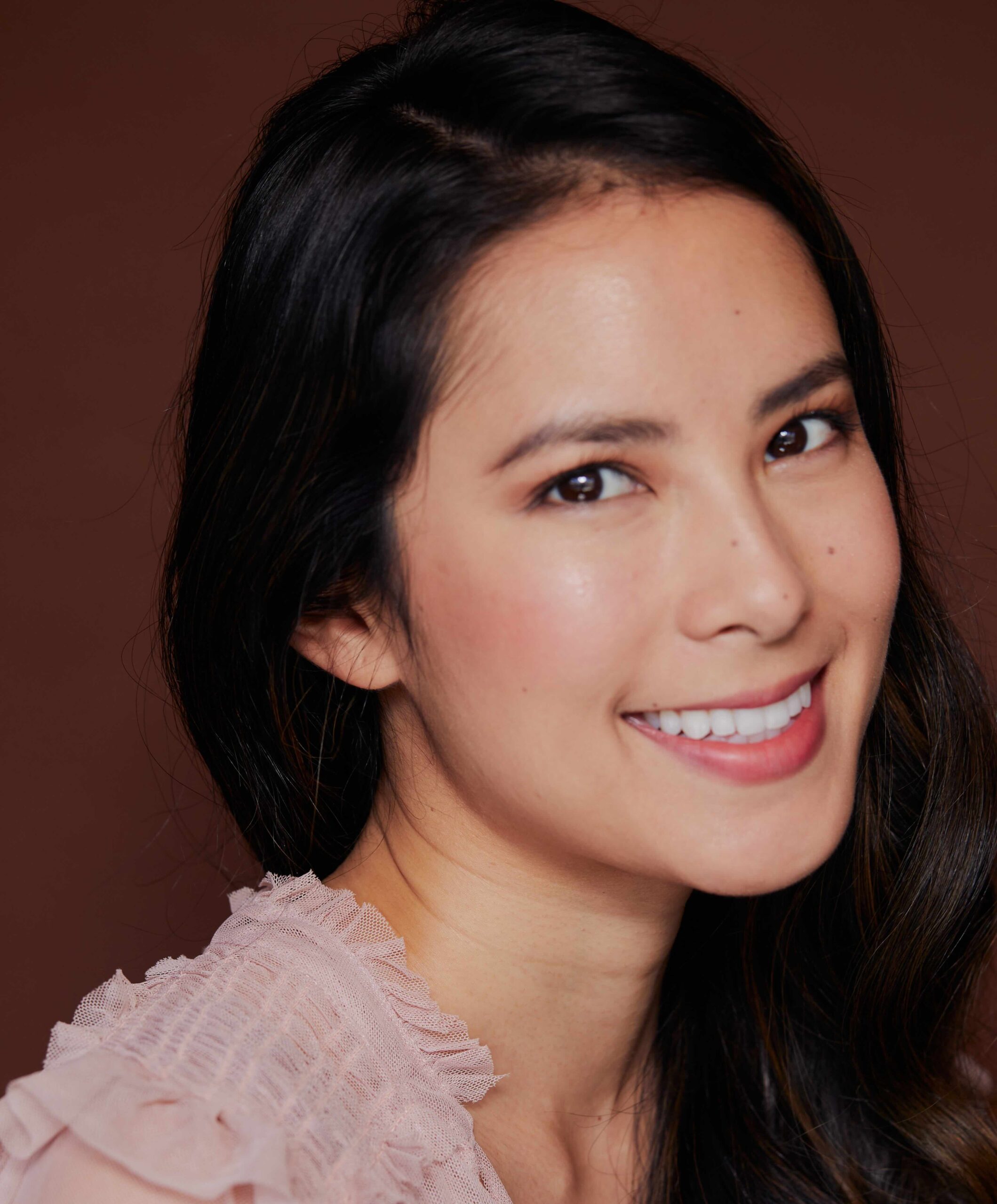
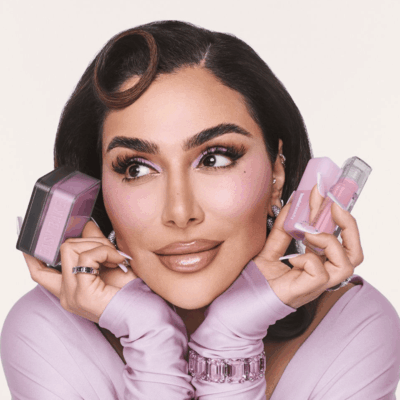
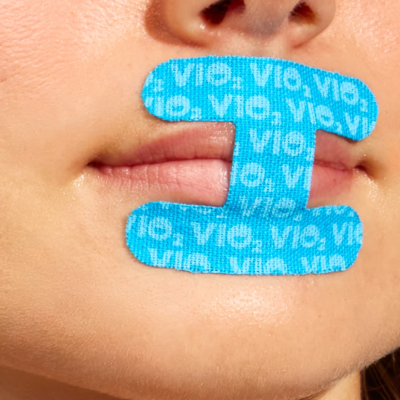
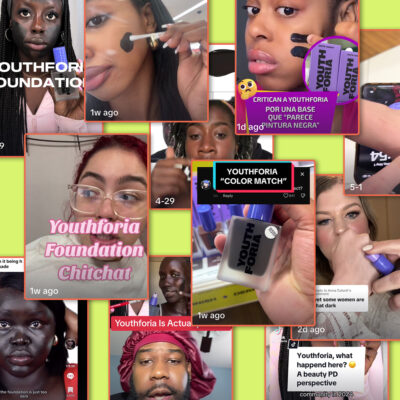
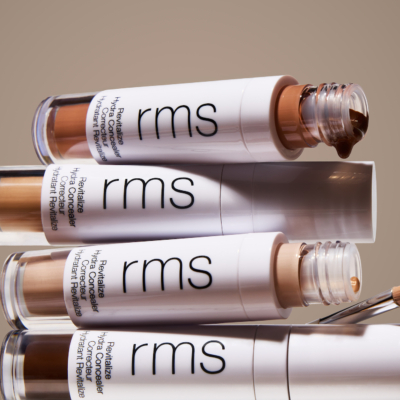
Leave a Reply
You must be logged in to post a comment.